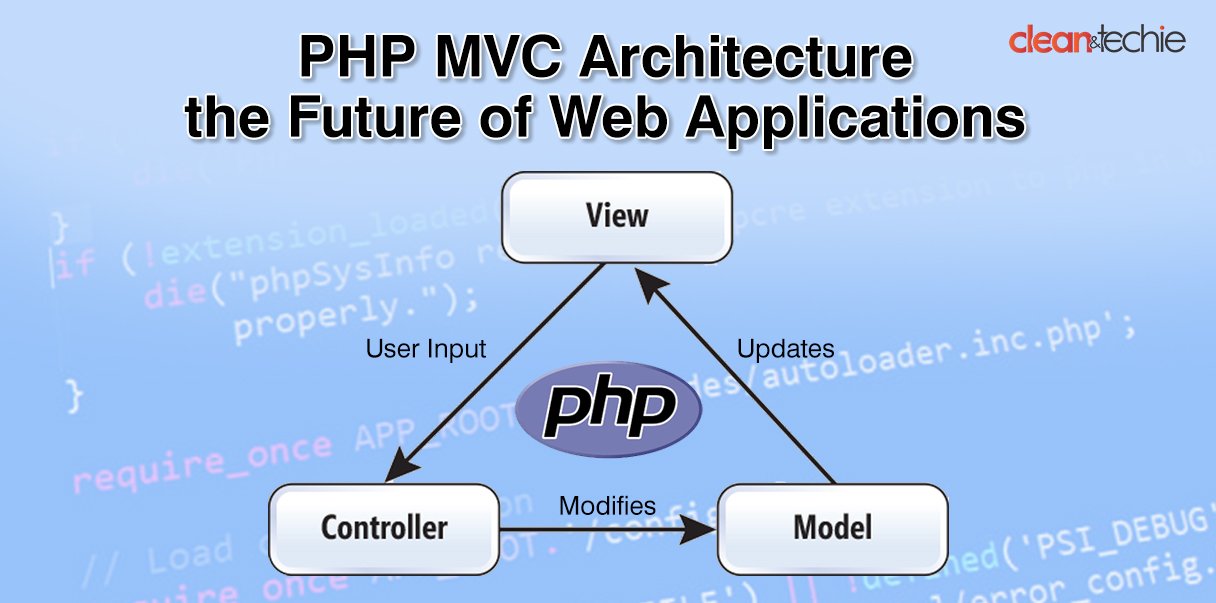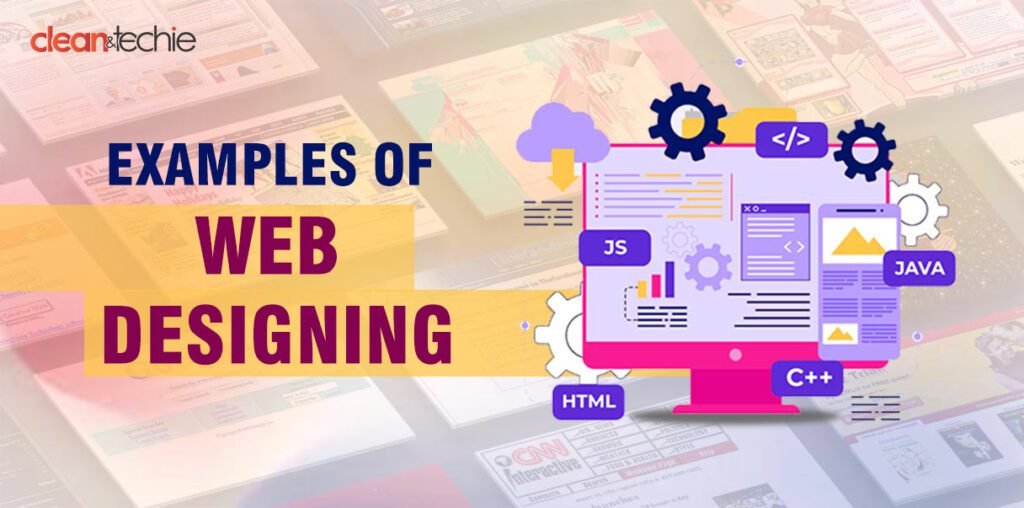Understanding PHP MVC Architecture:
The Model-View-Controller (MVC) architectural pattern is a popular design paradigm in web development. It breaks down the application into three unique sections:
These are:
Model:
Model represents the data points and logic of the application. It handles business rules. Model interacts with the database and accordingly performs calculations.
View:
View is responsible for the presentation of data and information. It makes the website look professional and work smoothly using coding languages like HTML, CSS, and
Controller:
This acts as the intermediary between the first two, model and view. It accepts user requests, processes them, and updates the model accordingly. Post which it selects the appropriate view to display the results.
Benefits of PHP MVC Architecture
Reusability
One of the significant advantages of PHP MVC architecture is its reusability. Model and view components can be reused in various parts of the application, significantly reducing development time. For instance, a reusable model can handle database interactions, while a reusable view can render common UI elements. This promotes code efficiency and maintainability.
Scalability
PHP MVC architecture is well-suited for large-scale applications. Its modular structure allows for easier scaling and maintenance. As your application grows, you can add new features or components without affecting the existing codebase. This scalability ensures that your application can handle increasing workloads and user demands.
Testability
Testing is a crucial aspect of software development, and PHP MVC architecture makes it easier to test applications. Individual components can be tested independently, ensuring their correctness and functionality. By doing this, the testing process is simplified, and it helps in identifying and fixing issues early in the development cycle.
Maintainability
PHP MVC architecture promotes maintainability by separating concerns and reducing the coupling between components. Changes to one component are less likely to affect other components, simplifying maintenance and updates. This makes it easier to evolve your application over time and adapt to changing requirements.
Implementing MVC in PHP
While there are many pre-built tools (like Laravel, Symfony, CodeIgniter) that already have the MVC structure built-in for PHP, you don’t have to use them. You can also create your own PHP application with this MVC structure from scratch.
It’s like building a house. You can buy a pre-built house, or you can hire builders to construct it exactly how you want it.
Here’s a basic example:
PHP
// Model (Test.php)
class Test
{
public function getTestById($id)
{
// Retrieve test data from the database
return $testData;
}
}
// View (test_view.php)
<html>
<head>
<title>Test_Details</title>
</head>
<body>
<h1>Test Information</h1>
<p>Name: <?php echo $test[‘name’]; ?></p>
<p>Email: <?php echo $test[’email’]; ?></p>
</body>
</html>
// Controller (UserController.php)
class UserController {
public function showUser($id) {
$userModel = new Test();
$user = $userModel->getTestrById($id);
include ‘user_view.php’;
}
}
In this example, theTestController retrieves test data from the Test model and passes it to the test_view.php template for rendering.
Key Components of MVC Architecture
Model
Data Access:
Handles interactions with databases or other data sources to retrieve and store data.
Business Logic:
Implements the application’s rules, calculations, and core functionality.
Validation:
Ensures data integrity and consistency by checking for errors or invalid inputs.
View
User Interface:
The code renders the HTML, CSS, and JavaScript that create the user interface. The interface created with this coding is interactive and visually appealing.
Data Presentation:
Displays the data provided by the model in a visually appealing and user-friendly format.
Templating Engines:
Often uses templating engines like Twig or Blade for efficient view rendering and separation of concerns.
Controller
Request Handling:
Receives and processes user requests, such as HTTP requests from a web browser.
Model Interaction:
Modifies the model’s data in response to user actions or changes within the application.
View Selection:
Selects the appropriate view to display the results based on the user’s request and the application’s logic.
Routing:
Maps incoming URLs to specific controller actions, determining which part of the application should handle the request.
Best Practices for MVC Architecture
Keep Components Separate:
Ensure that the model, view, and controller remain distinct and well-defined.
Use a Templating Engine:
Use a tool to keep the code that does things separate from the code that shows things. This allows the code to become easier to understand and change if required.
Implement Dependency Injection:
Use dependency injection to manage dependencies between components and improve testability.
Follow Naming Conventions:
Adhere to consistent naming conventions to enhance code readability and maintainability.
Use a Framework:
PHP tool like Laravel, Symfony, or CodeIgniter can be used to make building websites faster and easier. These tools also offer extra features to help you.
Advanced MVC Concepts
Front Controller Pattern:
A single entry point for all requests, often implemented using a .htaccess file.
URL Rewriting:
Creating clean URLs that are more user-friendly and search engine optimized.
Session Management:
Capturing and saving the user data across multiple requests using sessions.
Error Handling:
Error handling mechanisms are so robust that it provides informative feedback to users.
Security:
Protecting the application from vulnerabilities like SQL injection, cross-site scripting (XSS), and cross-site request forgery (CSRF).
To Conclude
The MVC pattern is like a puzzle that keeps your PHP code organized and understandable. It divides your code into three main parts: the Model (which handles data and business logic), the View (which displays the information to the user), and the Controller (which acts as the middleman, receiving requests, updating the model, and choosing the appropriate view). By using MVC, your code becomes more structured, easier to maintain, and less prone to errors.




